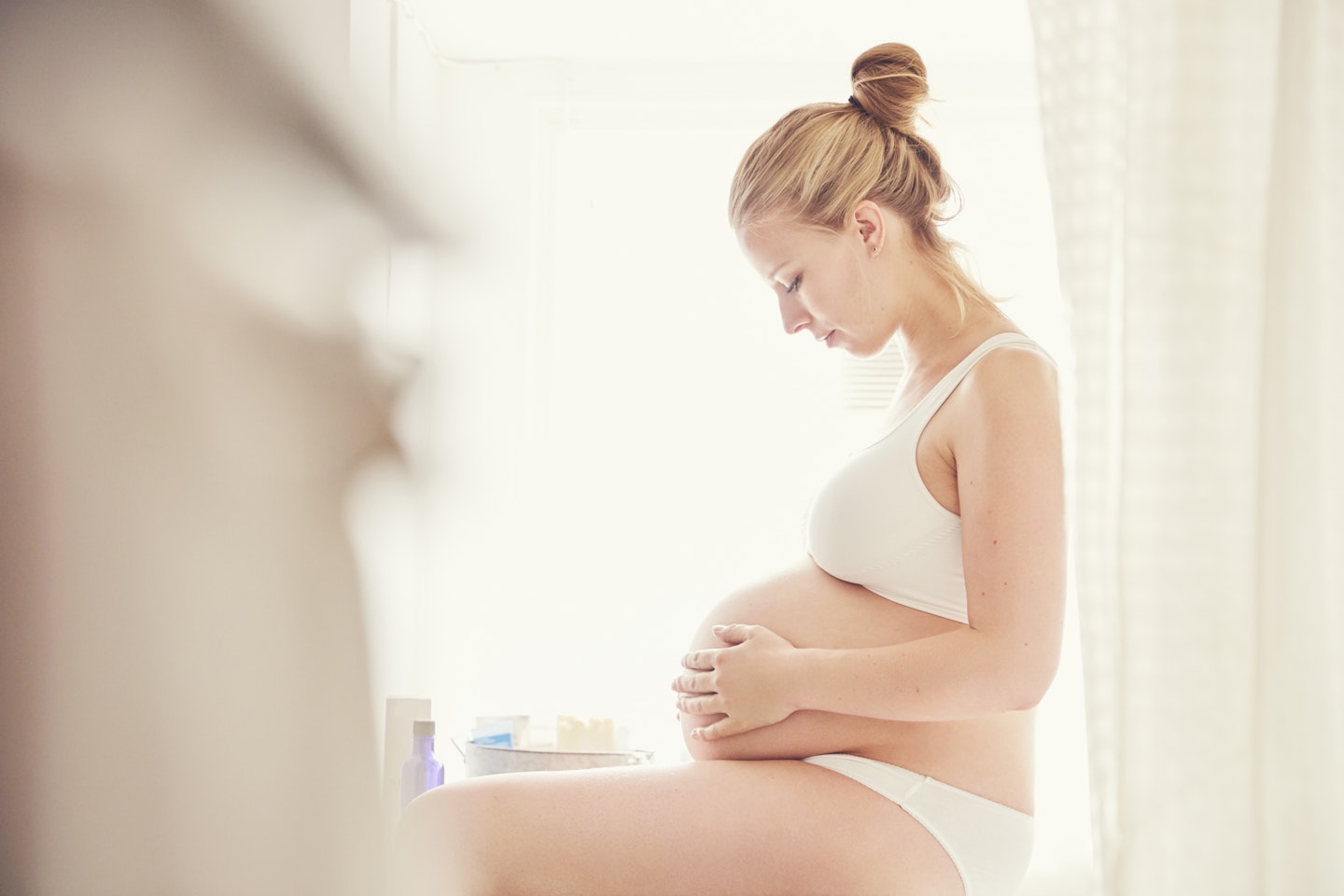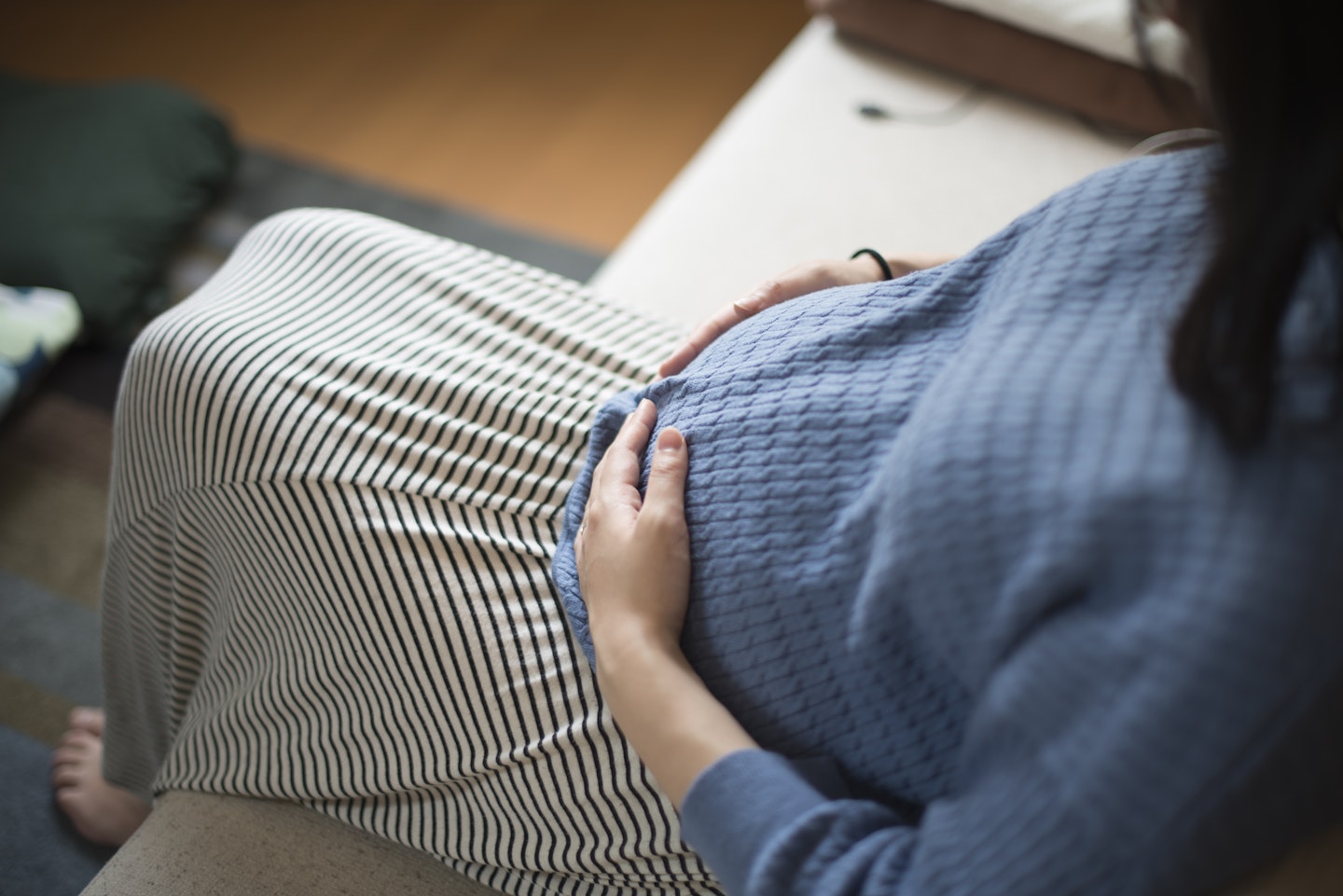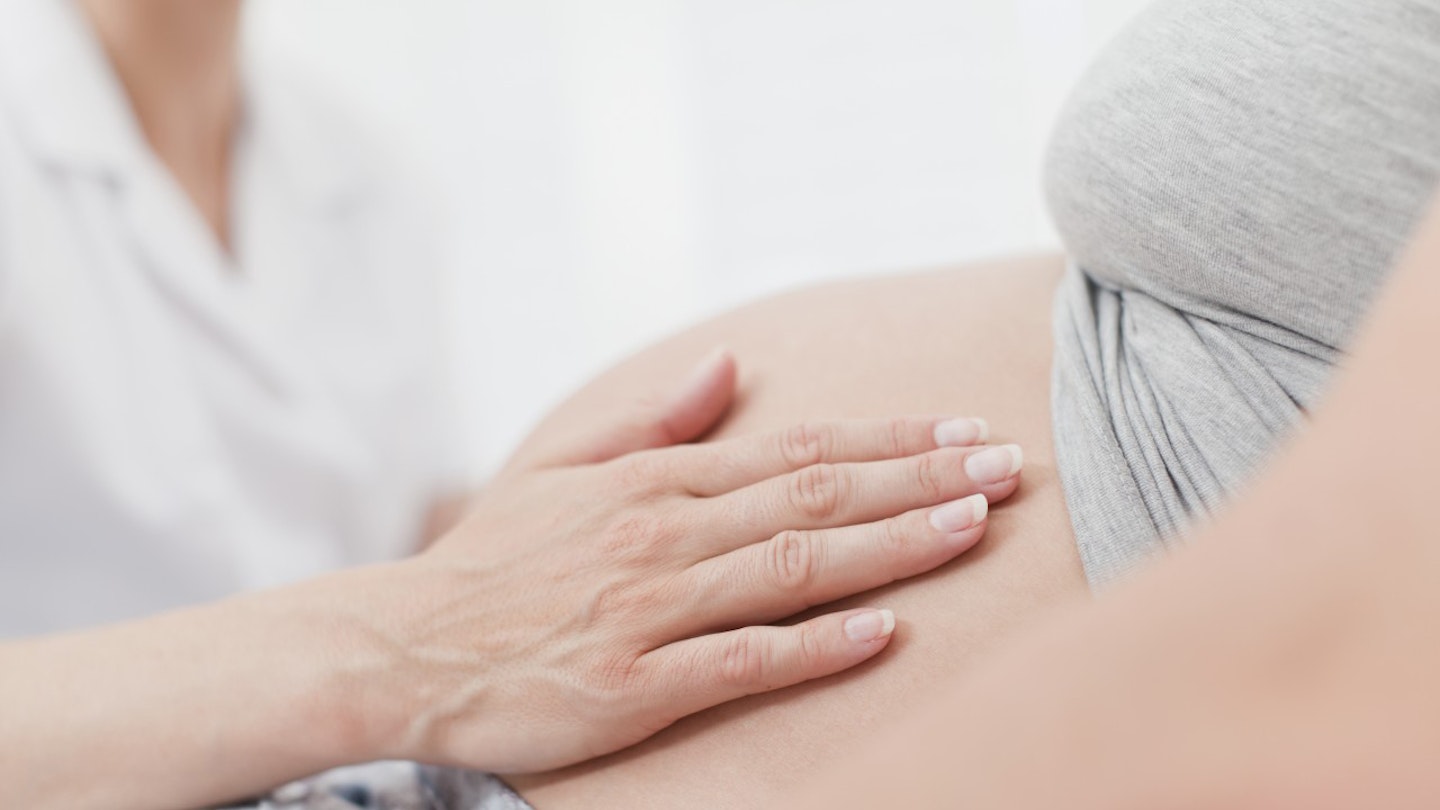Finding out your baby’s in the 'wrong' position such as back to back or breach can seem like a worrying pregnancy problem, but there’s no need to panic.
Here's everything you need to know if your baby's breech...
What is it?

A breech baby means your baby is lying in the bottom-first position when it comes to getting out of the womb, rather than the headfirst position advised for giving birth.
It’s quite common for a baby to sit like this in the third trimester. ‘Around three in every 100 babies are breech at the end of pregnancy,’ says Shreelata Datta, an obstetrician at St Helier Hospital in Surrey.
What are the symptoms?
An examination by your midwife in the third trimester will tell you if your baby is breech. But there are some symptoms that suggest your baby could be breech.
These include:
-
Feeling uncomfortable under your ribs
-
Becoming breathless (as your baby's head presses up under your diaphragm)
-
Feeling sharp kicks to your bladder
What can you do?

If your baby is in the breech position at about 36 weeks onwards, your obstetrician or midwife can offer to try to manually turn your baby to a head-down position using external cephalic version (ECV). ECV is usually offered from 36 weeks for a first baby and from 37 weeks if you've had a baby before. ‘ECV is generally safe and does not cause labour to begin. The baby’s heart will be monitored before and after the ECV,’ says Shreelata.
Gentle pressure is applied to your tummy to help the baby turn a somersault in the womb to lay headfirst. Relaxing the muscles of the womb with medication during an ECV can improve its success. ‘Salbutamol is used, which is an inhaler, or an injection of a drug called Terbutaline. In the same way as they relax the airway muscles, they also relax the womb muscles, allowing us to turn baby with greater ease. This medication will not affect the baby and ECV is successful for about half of all women,’ says Shreelata.
It can be a very uncomfortable procedure, but if successful, it can ease your labour. If it's not successful, you may not be able to [give birth vaginally {href='https://www.motherandbaby.com/pregnancy/labour-birth/natural-birth' }) and you may need a c-section.
See your GP…
If you feel your baby’s head is pressing up on your diaphragm so much that you are finding it hard to breathe. ‘If you know your baby is breech and you start contracting regularly, feeling tummy pains or break your water, contact your doctor immediately,’ Shreelata advises.
Make sure you're following Mother & Baby on Instagramfor relatable memes, inspiring stories and parenting hacks!
Subscribe to Mother&Baby magazine for expert tips, must-have products and invaluable advice for mums, delivered straight to your door.
Whether you’re planning your new baby essentials shopping list, giving friends and family gift ideas, or planning for your baby shower, the Amazon Baby Wish List allows you to keep track of all your shopping ideas in one place.Click here to start yours today!
